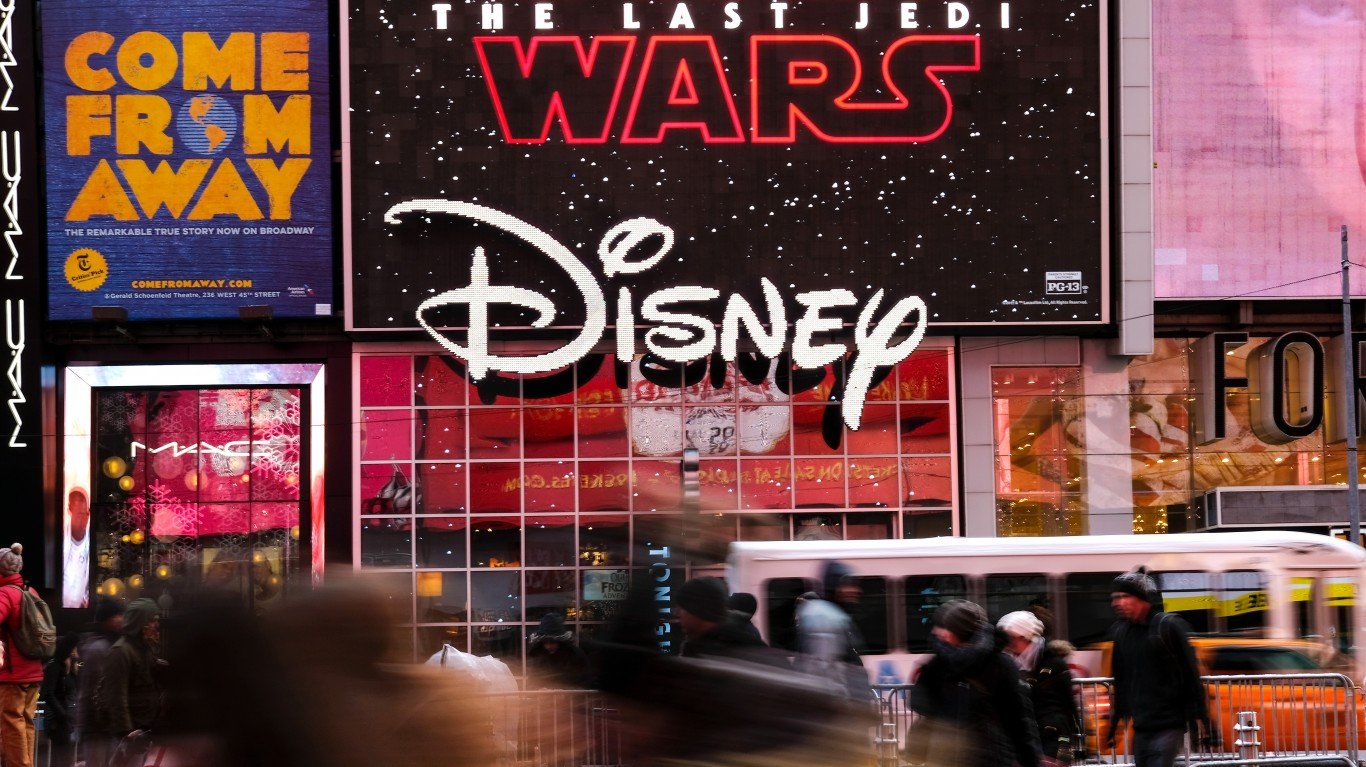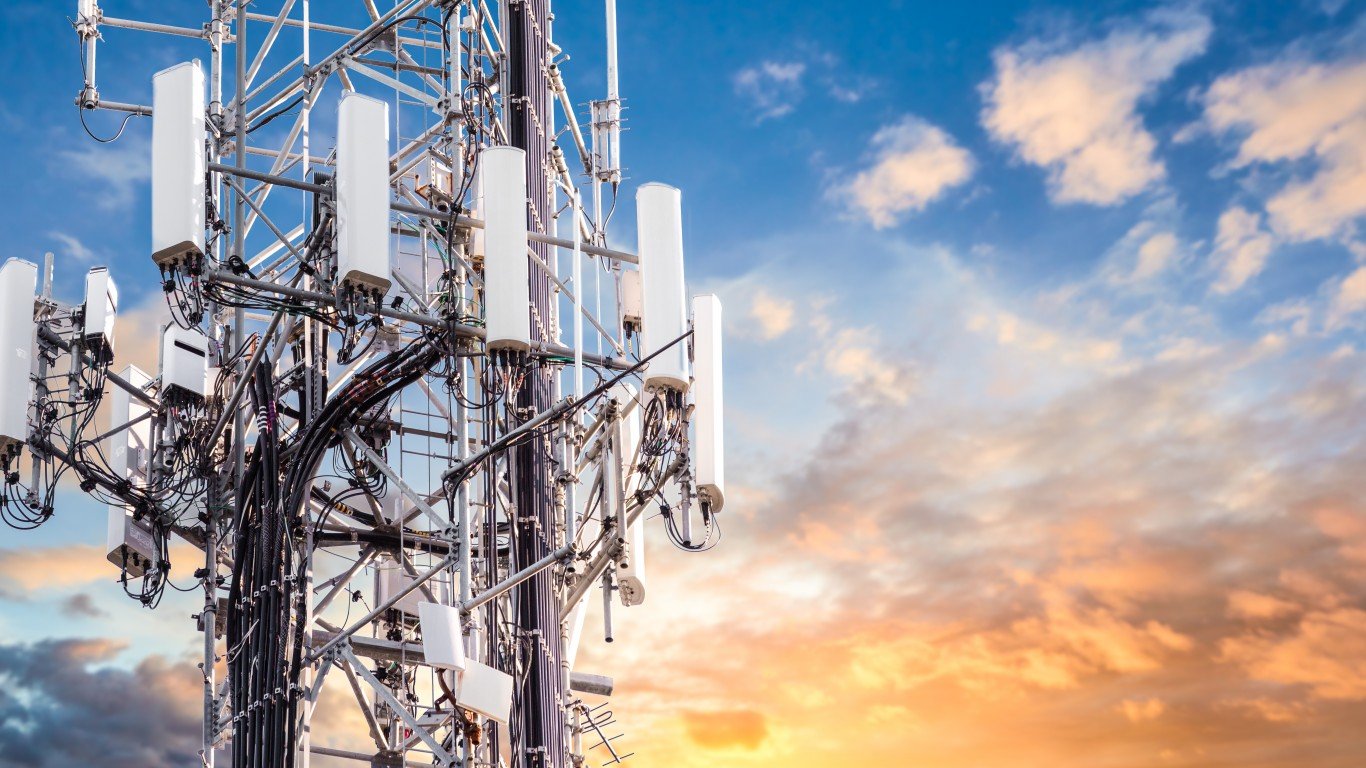

It may seem to some that wireless has been around forever – and perhaps it has. Wireless was first used in 1849 when the transmission of electromagnetic waves through space was demonstrated by Heinrich Hertz, and in 1896, signals were transmitted by Italian inventor and electrical engineer Marconi over long distances using radio waves. Although the cell phone as we know it was first developed in the 1960s, it wasn’t until the 1980s that it began to increase in popularity and today is an integral part of our lives.
But which service is the best? Many can be great, but they also can have just as many flaws, and while wireless service isn’t perfect, some are better than others. Or worse. Price is usually at the forefront – what many consider first but other factors are just as, if not more, important. Things like coverage, perks, phone selection, discounts, and more. Many of the best-known wireless carriers have very similar offerings. On the other hand, there are quite a few differences.
The top carriers today may be Verizon, AT&T, and T-Mobile, who tend to get all of the buzz, but they are not the only carriers to choose from. Brands like Boost, Xfinity Mobile, and Visible are also big players in the game and also potential brands to avoid. All carriers have their pluses and minuses. What one company may offer, others may not, and vice versa.
To our benefit, the 2023 American Customer Satisfaction Index for wireless phone service tells us which carriers are truly the ones to avoid.
#11 Cricket Wireless

In the past, Cricket Wireless has been highly regarded for its pricing, but network concerns have affected customer satisfaction. With an ASCI 2023 score of 76, it still ranks just above the middle of the road on phone service provider scores.
One of the biggest complaints about Cricket Wireless is its video streaming service. Calling it a “Video Management” feature, Cricket caps streaming video to speeds of only 1.5 to 2 Mbps. That’s a bit too slow for rendering good-quality video.
Once you start to add in upgrade fees and have to prepay for months at a time to get the best possible discounts plus pricey phones, Cricket Wireless isn’t quite as fun as its cuddly commercials. Add in being one of the only carriers not to offer a broader international calling plan, it’s well worth considering the Cricket competition.
#10 Tracfone
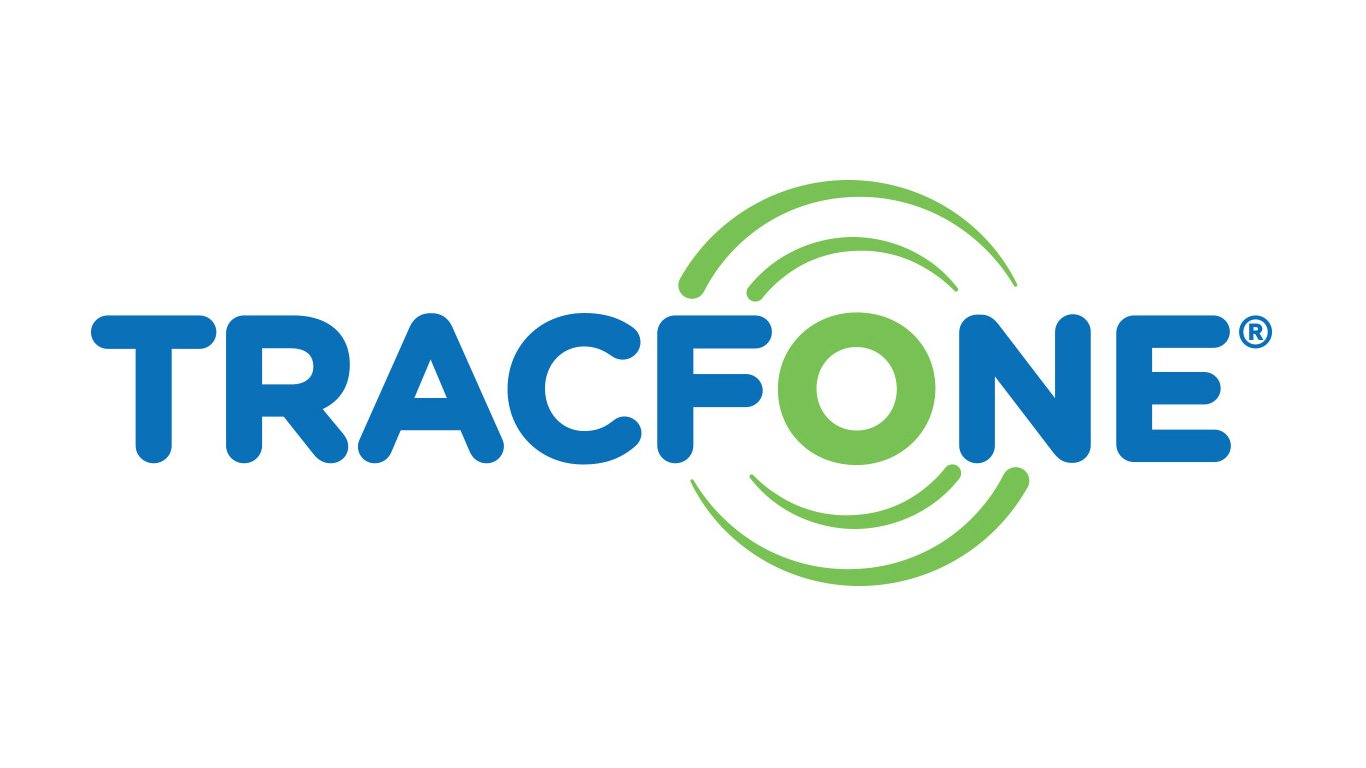
One of the most dominant players in the prepaid space is Tracfone, but being large doesn’t always equate to being good. Tracfone’s biggest hurdle is its limited phone selection, often limited to phones that have been out for some time. Unlike other phone service providers that get the latest and greatest on day one, Tracfone is frequently behind the times with phone releases.
On top of its minimal phone selection, Tracfone also ranks as one of the only phone service providers not to include an unlimited text offer. At best, you can buy a 365-day plan which includes only 24GB of data for the entire 12 months. For most people, this just isn’t practical unless you use your phone in very limited ways.
These negatives around Tracfone have led to an American Consumer Satisfaction Index score of 76.
#9 Metro by T-Mobile

Metro by T-Mobile is essentially an offshoot brand of T-Mobile. Metro might like to call itself “no-nonsense wireless” but there is plenty of nonsense. Perhaps the biggest flag is that while T-Mobile owns Metro, it can also be deprioritized by T-Mobile. If the network is busy, T-Mobile will throttle down Metro customers, which can be aggravating.
Metro’s insistence on only having SD video streaming is another customer disappointment. Consider this one of many reasons why Metro by T-Mobile has a 76 ASCI score in 2023. It’s also possible Metro’s score has something to do with slower overall speeds than T-Mobile’s. Along with slower speeds, Metro’s customer service is also a source of customer dissatisfaction.
#8 Spectrum Mobile
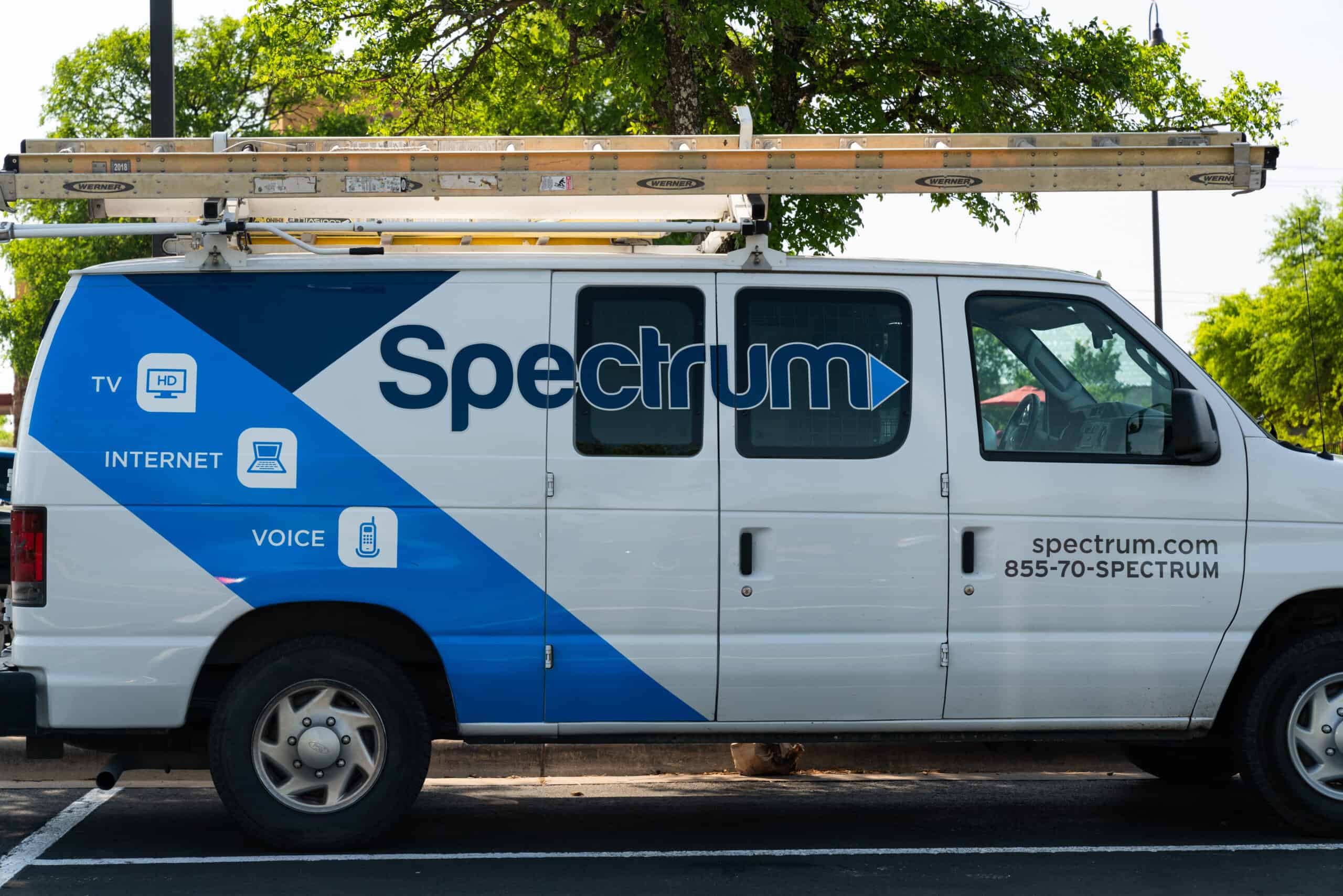
Although Spectrum Mobile might be a smaller phone service provider, it’s still one you should avoid. Perhaps the biggest frustration with Spectrum Mobile plans is that they require two lines on every plan. This means no single user can take advantage of Spectrum’s discounted pricing, which is why Spectrum earns a 75 ASCI score.
Along with the lack of individual line discounts, Spectrum Mobile also offers “by the gig” plans, which are a great way to run a customer’s bill up. These are arguably among the least friendly plans available to consumers and should be ignored at all costs. That spectrum offers these plans at all is a disappointment.
#7 AT&T
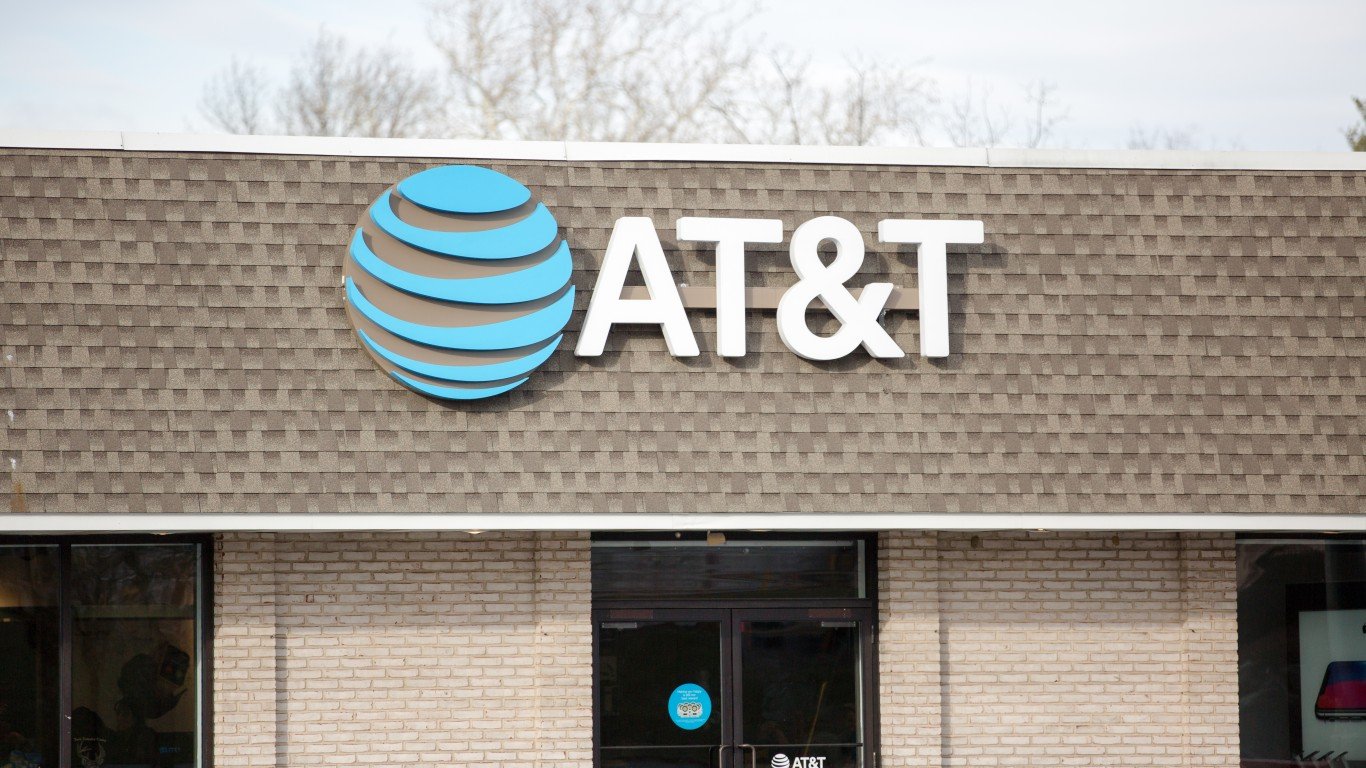
One of the oldest service providers also has a long history of disappointing customer satisfaction. It should come as no surprise to see AT&T on this list. Looking at network performance around the country, the only place AT&T beats out T-Mobile and Verizon is the Southeast according to J.D. Power 2023 Wireless Network Quality Study.
On top of this study, AT&T has earned an ASCI score of 75, which speaks to a low level of customer satisfaction. AT&T’s scores are likely a direct result of being the most expensive phone provider in the country. Even Verizon, which has typically been considered the most expensive, is no longer priced as high as AT&T.
#6 T-Mobile
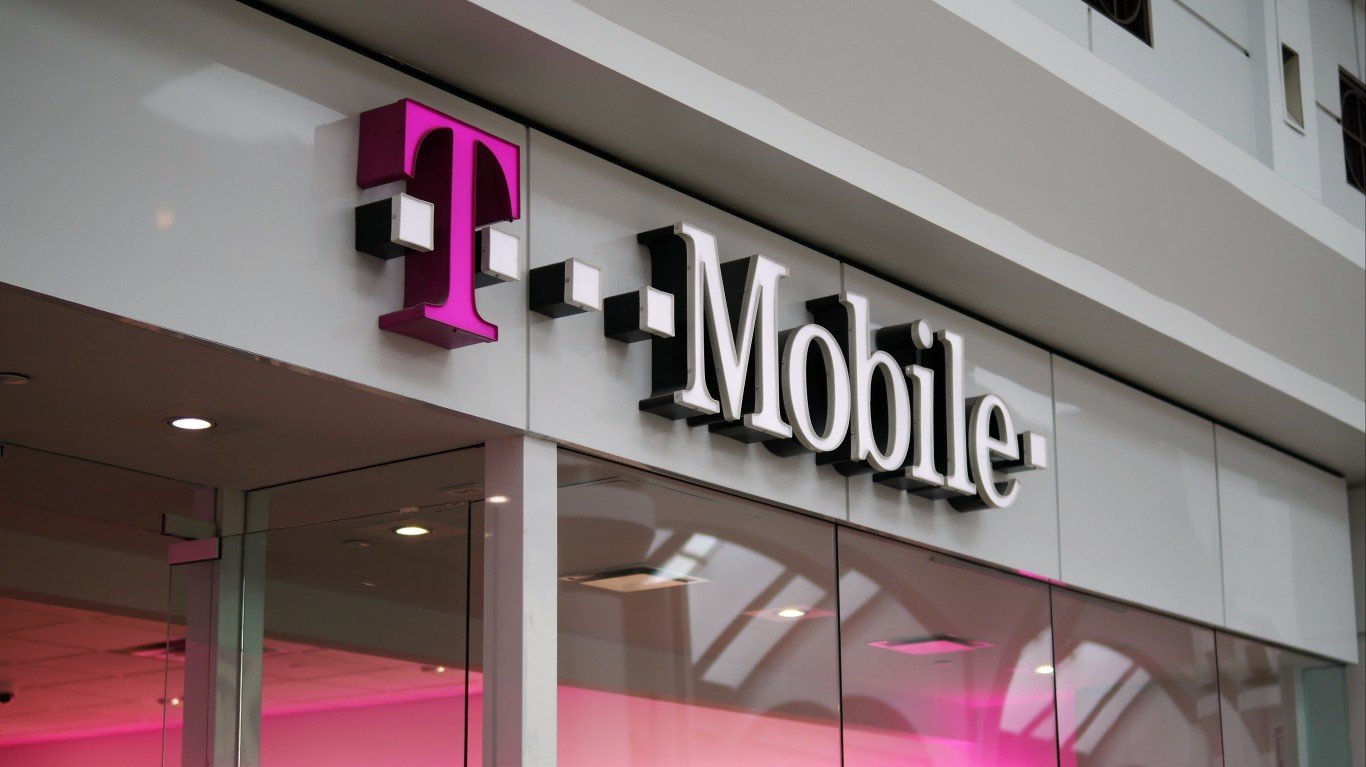
T-Mobile may be able to brag about having the fastest 5G network in the U.S., but customers are still dissatisfied. One of the biggest reasons for dissatisfaction around T-Mobile has been something of a rollback of some of the company’s “Uncarrier” moves as of late.
Earning a 74 ASCI score is likely due to T-Mobile not sticking to the original tenets of this program. For example, as of the last few weeks, T-Mobile has set aside its “price guarantee” of not raising customer prices ever. Instead, T-Mobile has relaxed this program and said it can’t make the same guarantees for new customers.
This recent behavior, along with rising prices, has led to a significant increase in customer dissatisfaction. T-Mobile is no longer the underdog and it’s now acting like the same carriers it once criticized.
#5 Xfinity Mobile

Like Spectrum Mobile, Xfinity Mobile has earned a place on this list of phone service providers to avoid because of its two-line discount requirement. An ACSI rating of 74 speaks to customer disappointment around requiring two lines to get unlimited data for $30 a line.
If you are an individual, it can be extremely frustrating to know that you won’t get Xfinity Mobile’s best pricing without trying to drag a friend or family member along. Along with its odd pricing structure, you also have to be an Xfinity Internet customer, which is a big restriction. This is especially true if you have Xfinity, move, and have to switch to another provider.
In this case, you’d be forced to give up the Xfinity Mobile service.
#4 Verizon
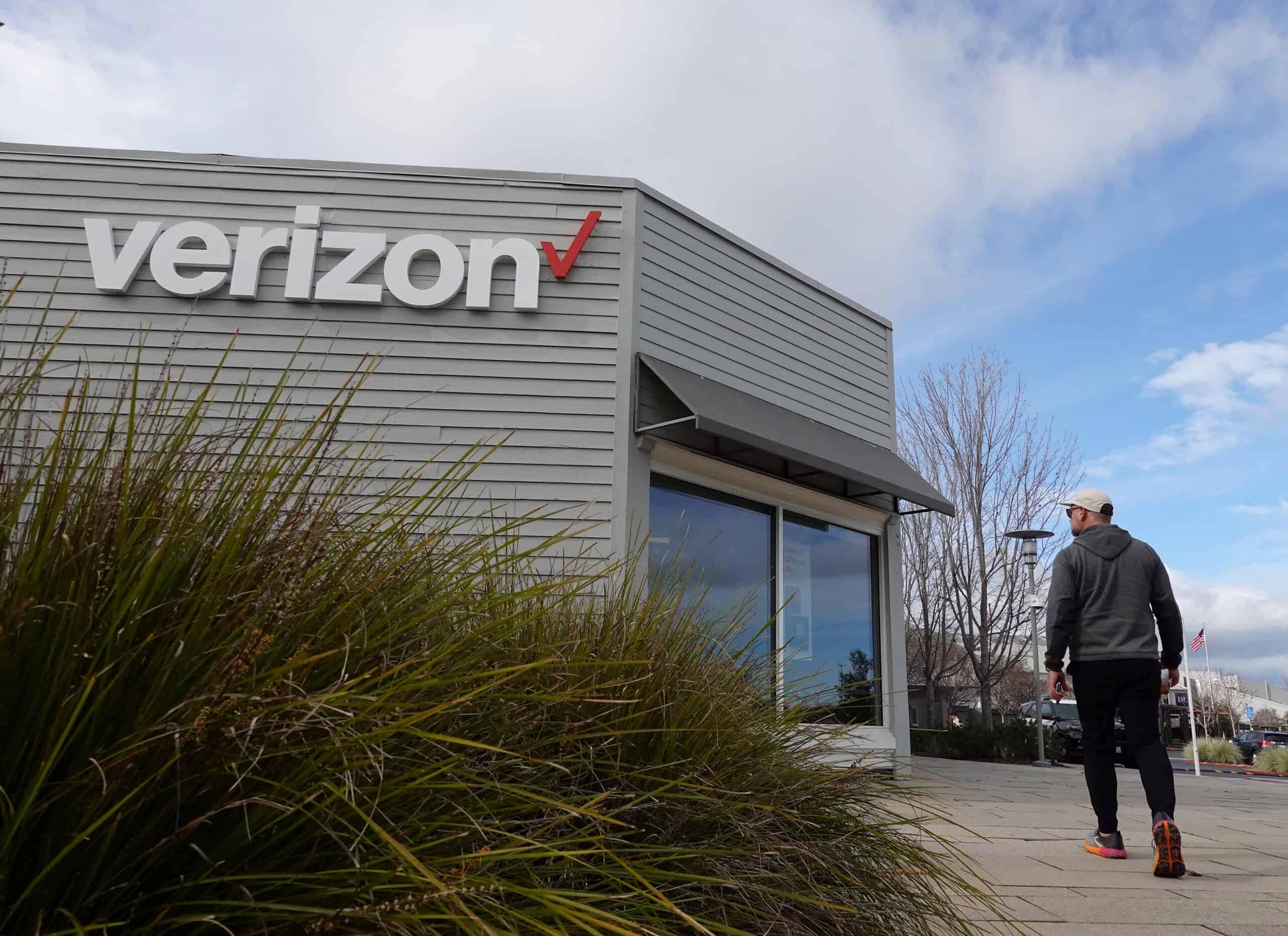
Long considered the most expensive phone service provider which is arguably responsible for Verizon’s ASCI score of 73. Not only is the service pricey, but adding together a family of four can be very confusing. It’s difficult to add in all of the various discounts for Disney+ and Netflix, plus different 5G plans. Ultimately, it’s easy to say Verizon doesn’t make it very consumer-friendly to sign up.
On the plus side, Verizon offers some of the better trade-in values between it and T-Mobile, but that’s one of the few positives Verizon offers. Additionally, Verizon has lost the 5G speed argument in favor of T-Mobile, which now ranks as the fastest network in the country. For the price, Verizon needs to be faster and less confusing to justify its premium pricing.
#3 Boost Mobile
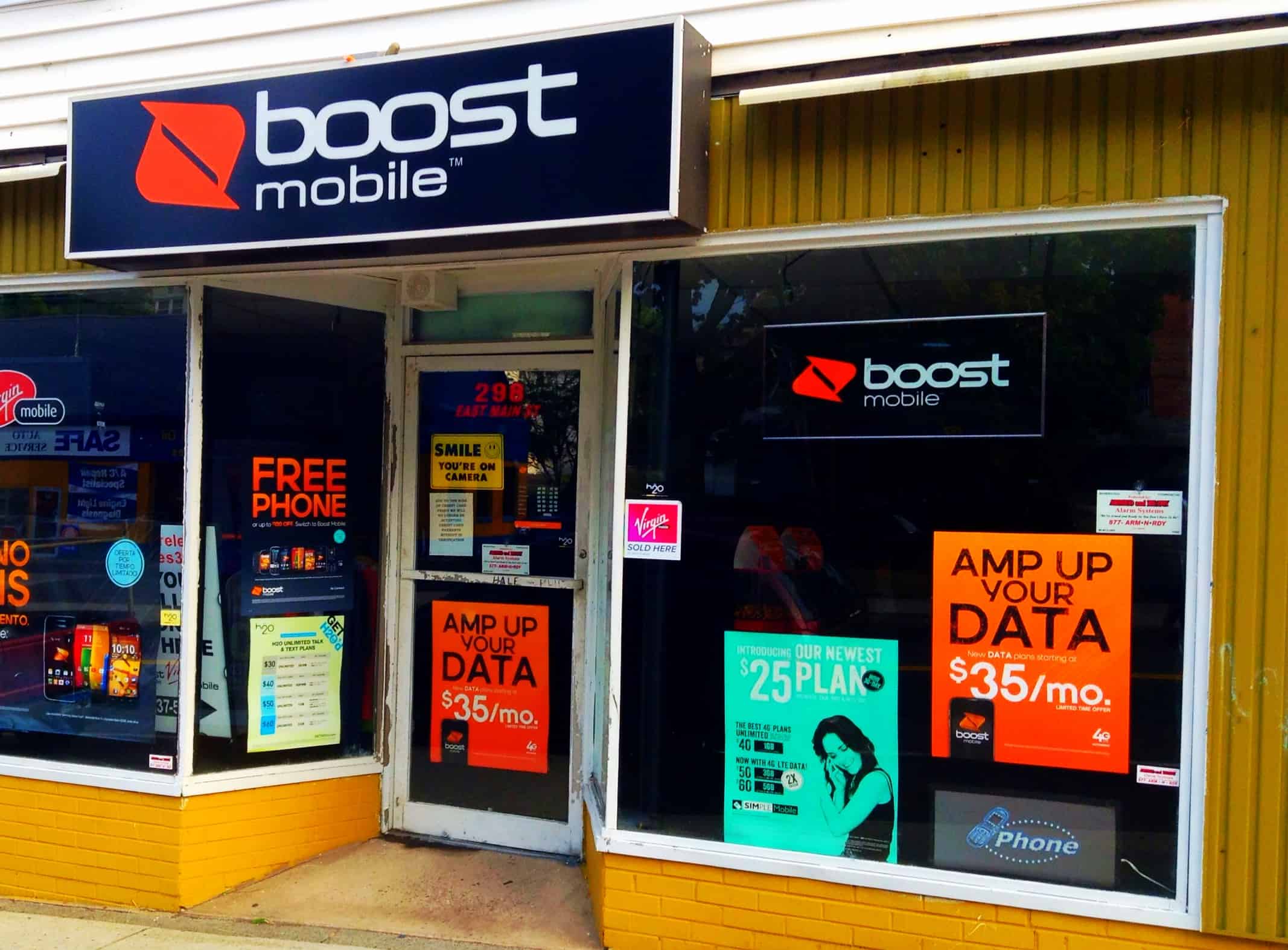
It’s quite clear why Boost Mobile has only earned a 71 American Consumer Satisfaction Index score. As soon as you land on the Boost Mobile website, it’s immediately difficult to see the differences between rate plans. With 3 unlimited plans, you really can’t figure out what the difference is.
Other top complaints include reports of Boost Mobile not properly tracking data use. This can lead to throttling, which is a dramatic drop in performance over high-speed data. When you add in high prices on phones without discounts or promotions, it’s difficult to become a Boost Mobile customer without incurring significant costs.
#2 US Cellular
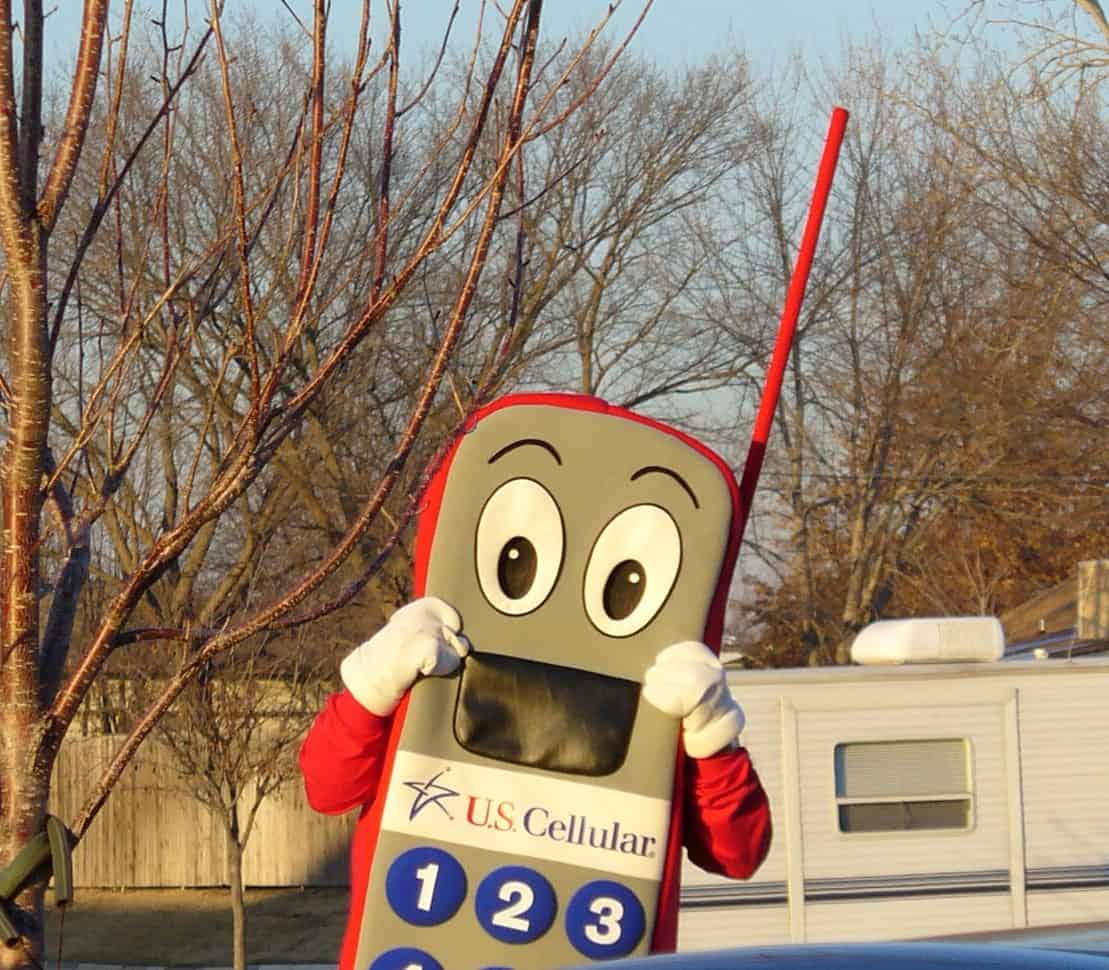
Once at the high end of the ASCI spectrum, one of the last independent phone providers left is US Cellular. No longer ranking at the top, US Cellular is now right near the bottom with a score of 70. Unfortunately, US Cellular struggled with its VoLTE rollout, which led to dropped calls and slow data speeds.
More importantly, US Cellular has also suffered from having a multitude of confusing rate plans. The company hasn’t done a good job of separating different perks like its hotspot or video streaming quality. Another potentially impacting issue is the subject of roaming for US Cellular customers. There are frequent concerns posted online about going outside the US Cellular’s coverage area.
#1 Simple Mobile
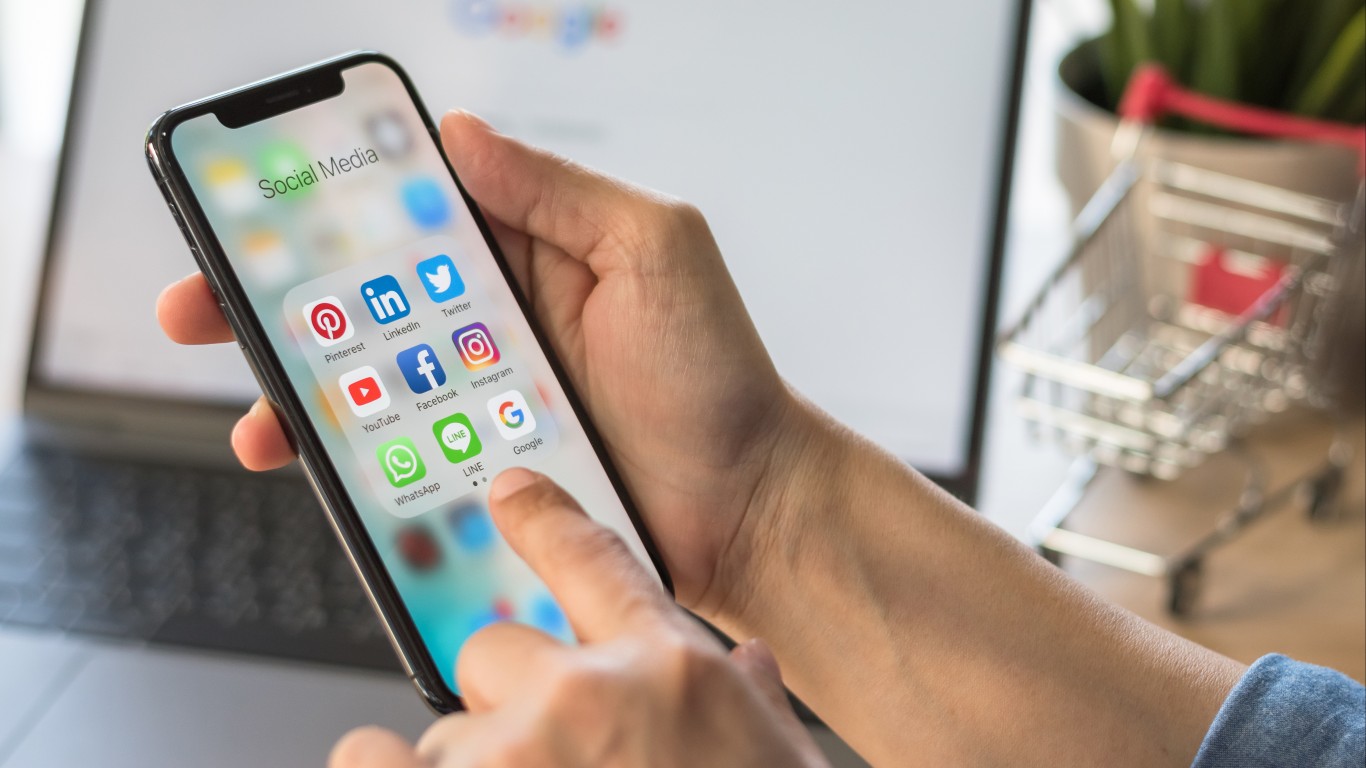
Simple Mobile is a prepaid carrier that is heavily dependent on Verizon’s network for coverage. This is absolutely one of the biggest complaints when Simple Mobile switched from T-Mobile. Customer complaints over 5G speeds and in-home coverage have skyrocketed since the switchover. Because of this, Simple Mobile has been left as the number one phone provider to avoid with an ASCI score of 70.
Additionally, Simple Mobile offers more expensive unlimited plans beginning at $50. This pricing is far more expensive than competitors like Mint Mobile. Add in frustrating customer service if any problems arise with payment and you may be left without service for a few days.
Smart Investors Are Quietly Loading Up on These “Dividend Legends” (Sponsored)
If you want your portfolio to pay you cash like clockwork, it’s time to stop blindly following conventional wisdom like relying on Dividend Aristocrats. There’s a better option, and we want to show you. We’re offering a brand-new report on 2 stocks we believe offer the rare combination of a high dividend yield and significant stock appreciation upside. If you’re tired of feeling one step behind in this market, this free report is a must-read for you.
Click here to download your FREE copy of “2 Dividend Legends to Hold Forever” and start improving your portfolio today.
Thank you for reading! Have some feedback for us?
Contact the 24/7 Wall St. editorial team.

